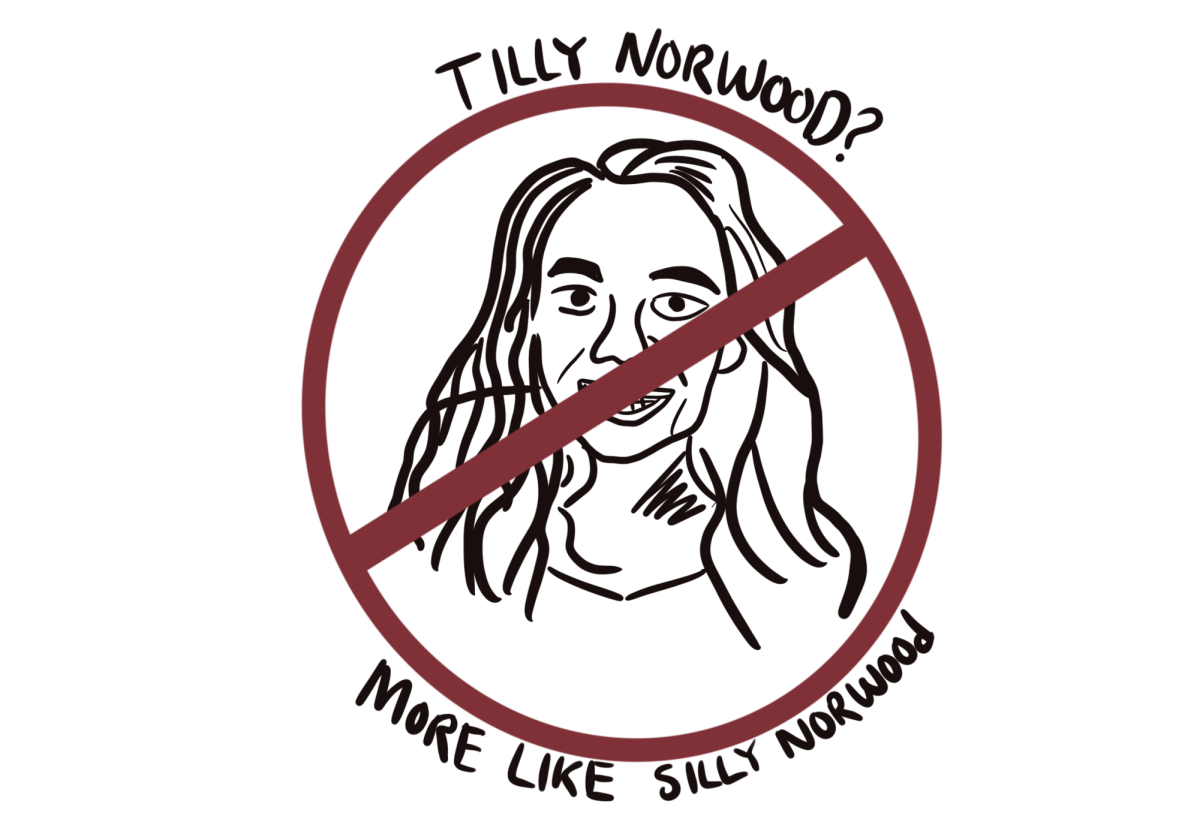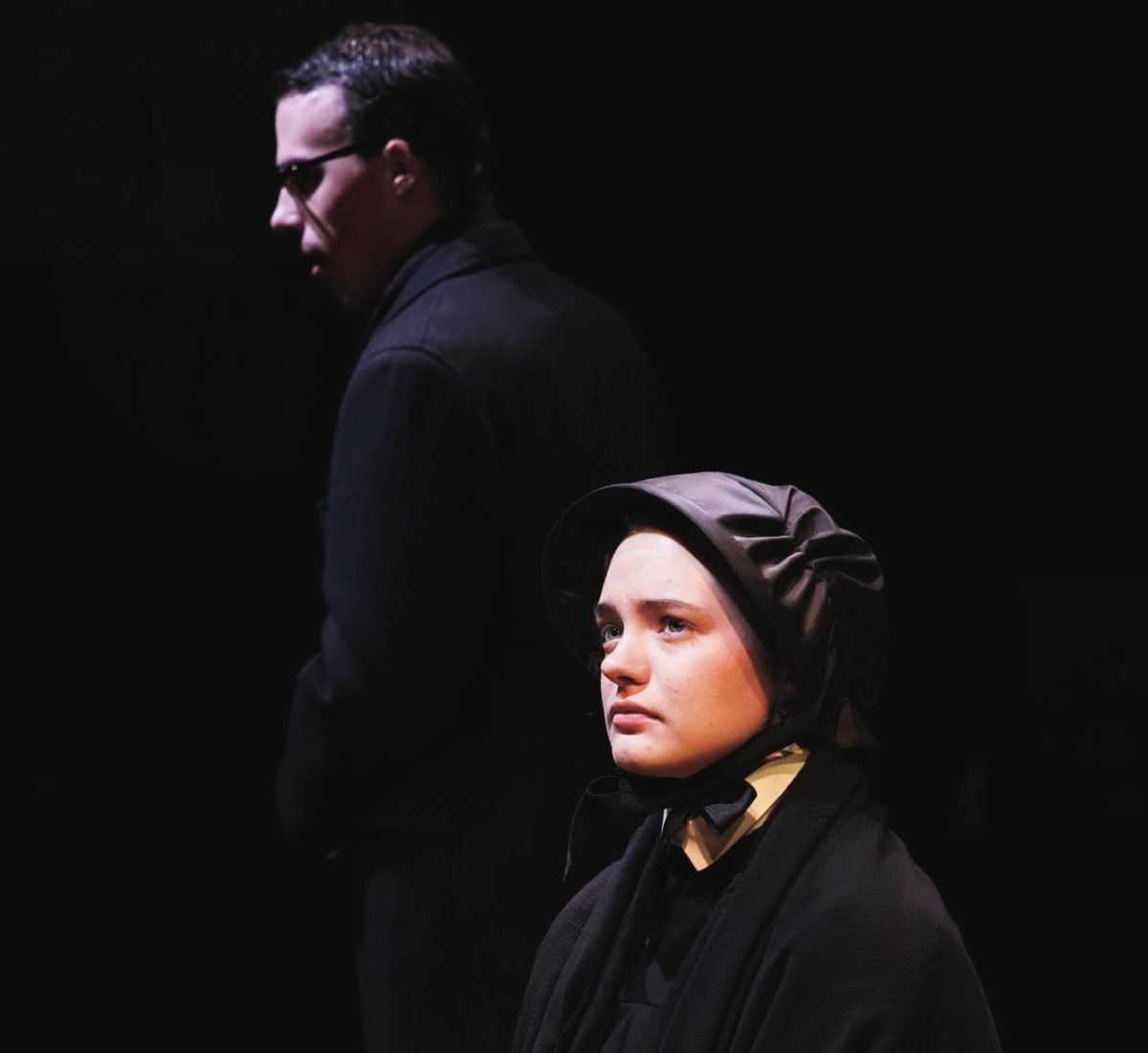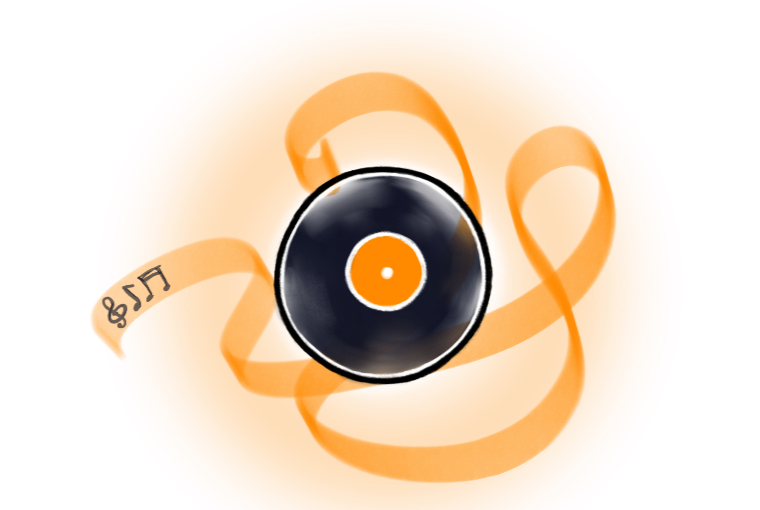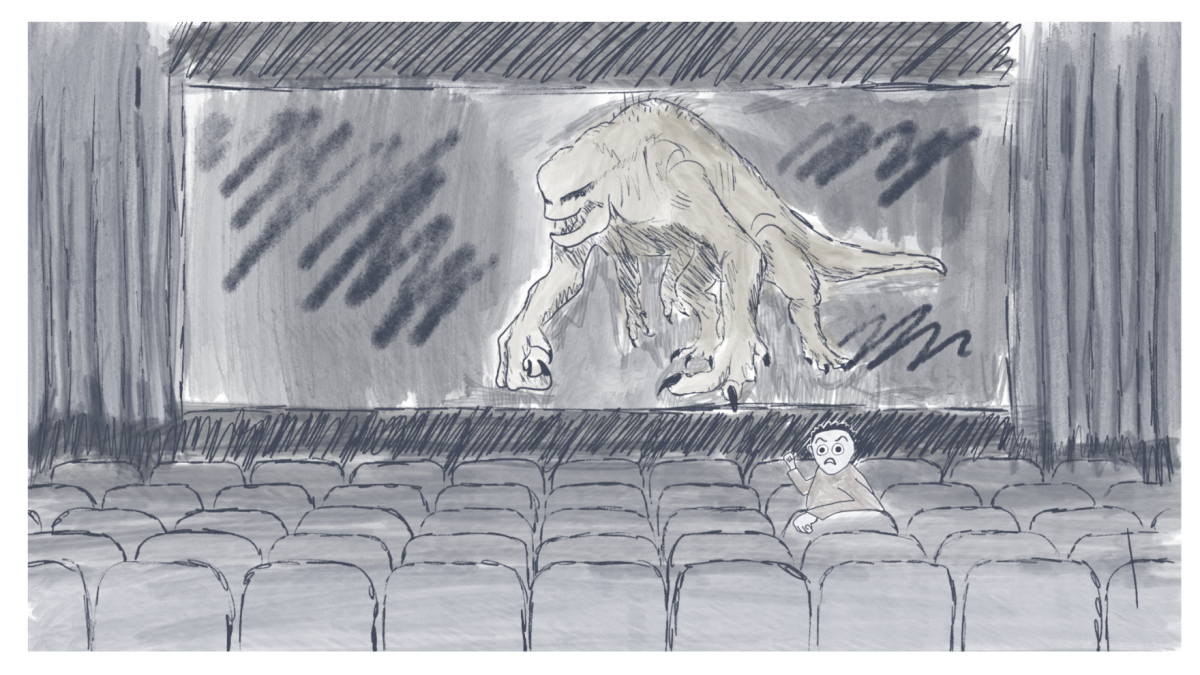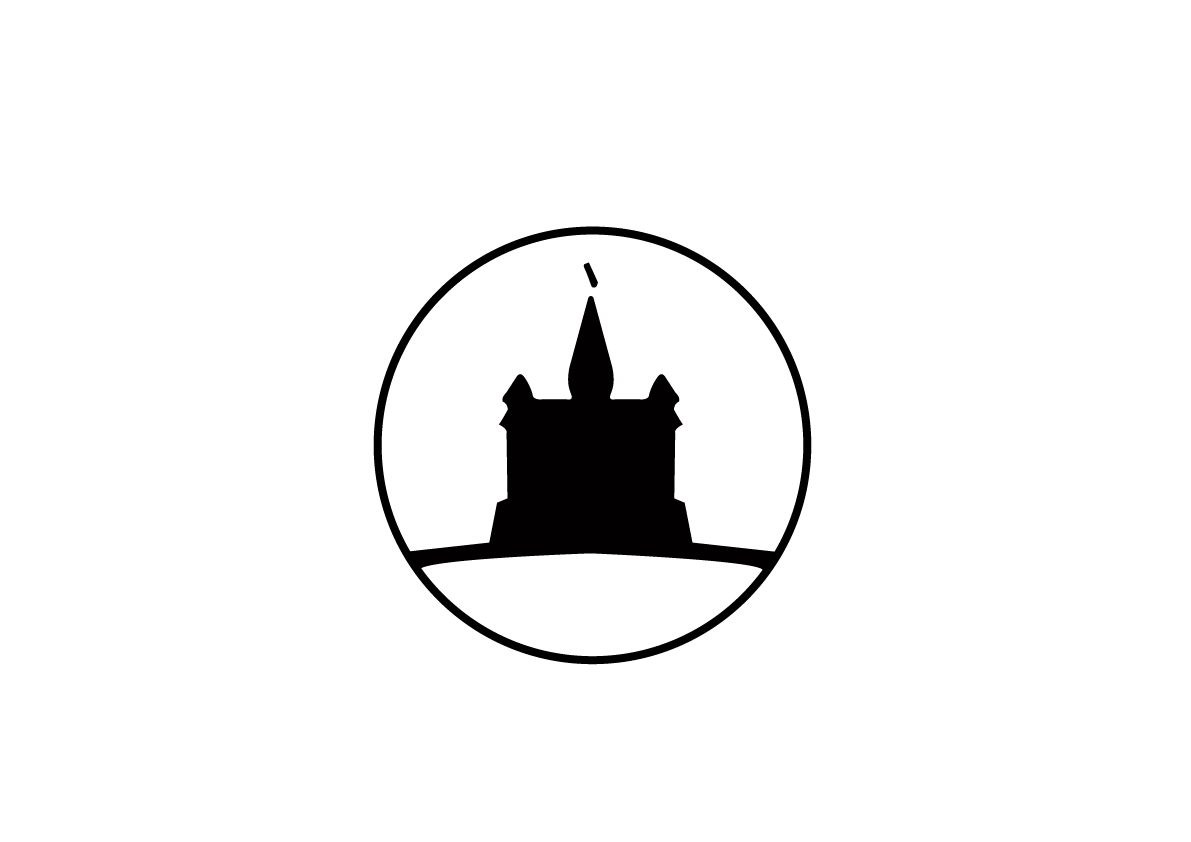This weekend I was fortunate enough to be able to attend two out of the four screenings of the Visualizing Palestine Film Festival. I attended the opening night of the event, which was beautifully put together with catering of Palestinian cuisine and musical entertainment from the culture as well. Before the films even began, I could see the tight knit community in the room.
The crowd sang cheers with the singers and even went on stage to join in, making the entire environment feel safe in a place that could have otherwise felt shrouded in misery due to the hard subjects of the films. That was one of my favorite parts of this film festival: the way the whole class of English 200C wanted to make sure this festival was not only a tribute to all the hurt happening in Palestine and Gaza right now, but also a celebration of all the artists in Palestine. One of the most beautiful ways to resist injustice in this world is to relish in the beauty made by the people being attacked, and I think this festival did just that.
Besides the ambiance and message of the festival being done phenomenally, the films I was able to watch were both beautiful cinematically and also great storytelling-wise. In the first film I viewed, “The Wanted 18” by directors Amer Shomali and Paul Cowan, I witnessed a wonderful meshing of cartoon and live action storytelling that combined to make a captivating and truly heart-wrenching story to watch. It followed the story of a boy who learned all about the importance of the Palestinian people finally getting the cows they always wanted for their community.
It not only had beautiful cinematography, but also helped me to understand how vital these resources would be to these communities. One of my favorite parts of this film was the way it showed the impact of the ongoing war through interviews. The interviewees were telling a story from years ago so the people talking in the film had grown up. Even so, they kept the title of “college student” making it clear how the impacts of this continue despite how much time had passed. Along with this editing choice I also found myself captivated by the way the cartoon cows were integrated into the story, especially with the scene where the mother cow tells her baby to run away at the end. It was a way of giving hope in order for the cows to live on, but all I could think was how many Palestinian mothers had to tell their children to run and seek shelter so their cultures and history could live on.
The second film that I saw was the last screening for the festival, “Bye Bye Tiberias” by Lina Soualem. I was surprised to see the ways in which the first and last films could be compared as both told the tales of what it is like to have generations of family members stuck in this conflict within Palestine. Through the use of integrating old footage of the family’s past and the mapping out of old family photos, I found myself seeing the impact of the war.
The whole film made me feel like I needed to call my mother immediately and learn everything I could about our history. The film taught me that remembering is the only way we can keep our past alive — not through places, but through asking our elders what we missed. This film perfectly encapsulated the need for family, but also the need to find life where you are. The intimate exchange of getting to see conversations between family members and reading of old poetry from youth gave me a connection with the women in the documentary immediately.
I, for one, am very thankful St. Olaf was given this opportunity to view such a film festival and I hope we can have more opportunities like this in the future.
